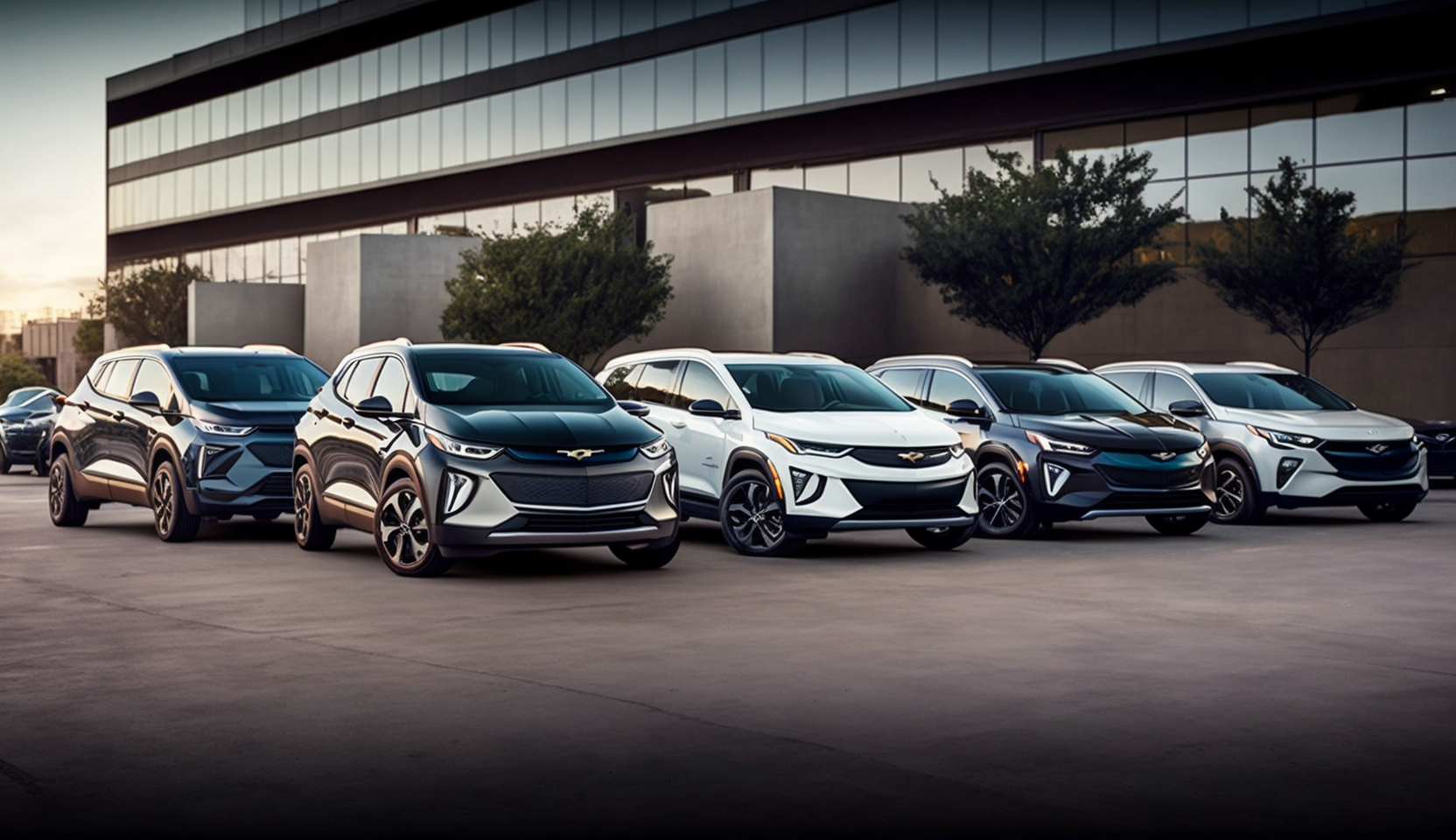General Motors (GM) announced Wednesday its largest investment yet to lock up critical raw materials needed for its ambitious electric vehicle (EV) production plans. The Detroit automaker said it will spend $19 billion over the next decade to source cathode materials from South Korean supplier LG Chem.
The materials—including nickel, cobalt, manganese and aluminum—are key ingredients for the lithium-ion batteries that power EVs. Under the agreement spanning 2026-2035, LG Chem will ship over 500,000 tons of cathode materials to GM’s joint battery cell plants with LG spinoff Ultium Cells in the United States.
GM stated this is enough supply for approximately 5 million EVs with an estimated range of over 300 miles per charge. The materials will come from an LG Chem plant currently under construction in Tennessee.
For GM, signing a long-term purchase agreement helps mitigate risks around securing sufficient future EV battery supplies amid intensifying competition. As automakers collectively invest billions to shift their lineups to mostly EVs by 2030, critical mineral shortages could constrain production plans.
“This contract builds on GM’s commitment to create a strong, sustainable battery EV supply chain to support our fast-growing EV production needs,” said Jeff Morrison, GM vice president of global purchasing and supply chain.
The LG Chem deal ranks among the largest—if not the largest—EV supply contract inked by GM to date. It highlights an urgency by the company to lock up raw materials as the global auto industry accelerates its electric shift. GM aspires to exclusively sell EVs by 2035.
However, the 14-year LG Chem agreement also implies GM may be adapting its EV strategy to account for adoption happening slower than anticipated. The original pact was scheduled to expire in 2030, but GM extended it another five years.
After initially forecasting aggressive EV sales growth, GM has pulled back on targets amid steeping battery costs and strained consumer budgets. “We’re also being a little bit prudent about the pace at which the transition occurs,” said CEO Mary Barra.
Nonetheless, GM remains laser-focused on its EV future. It recently announced a $650 million investment to expand production of its profitable full-size SUVs—but as electric versions only by 2024. “We have the manufacturing flexibility to build EVs at scale,” said Barra.
For investors, GM’s major bet on EVs represents an opportunity to capitalize on the immense growth projected in the electric vehicle market over the next decade. Research firm IDTechEx forecasts the EV market will balloon from $287 billion in 2021 to over $1.3 trillion by 2031 as adoption accelerates globally. GM’s plan to phase out gas-powered cars and transition to an all-electric lineup positions it as a leading EV player in this booming new automotive era.
Meanwhile, LG Chem said it aims to “bolster cooperation with GM in the North American market” through the expanded cathode materials agreement. The supplier has jockeyed with China’s CATL for the title of world’s top EV battery maker.
For both LG and GM, ensuring cathode supply security with a US-based plant mitigates geopolitical risks. President Biden’s Inflation Reduction Act requires automakers to source critical minerals domestically or from allies to qualify for EV tax credits.
While the road to an all-electric future remains bumpy, GM’s huge bet on sourcing vital battery ingredients shows its commitment to phasing out the internal combustion engine. As Barra stated, “We’re on our way to an all-electric portfolio.”
